Ecumenical Patriarch Bartholomew I of Constantinople and Patriarch Daniel of the Romanian Orthodox Church, accompanied by an assembly consisting of three hierarchs from Bucharest, 67 priests delegated by dioceses of the Romanian Patriarchate, and 12 deacons, will officiate on Sunday the Service for the Consecration of the Painting of the National Cathedral, in the presence of 2,500 officials and over 8,000 pilgrims.
The Divine Liturgy Service is scheduled between 7:30 and 10:00; His All-Holiness Bartholomew I, Ecumenical Patriarch, and His Beatitude Patriarch Daniel of the Romanian Orthodox Church will arrive at the National Cathedral at 10;15. The Service for the Consecration of the Painting of the National Cathedral will begin at 10:30 and will last until 12:30. 2,500 official guests will attend inside the Cathedral, and over 8,000 faithful in organized groups from the the dioceses across the country will participate from the esplanade in front of the National Cathedral, following the service on large screens placed near the Cathedral steps, Father Adrian Agachi, coordinating patriarchal counselor with the Press and Public Relations Office of the Romanian Patriarchate announced on Wednesday.
Access for worshipping inside the Holy Altar will begin in an organized manner after the conclusion of the Divine Service, but the National Cathedral will be open day and night until October 31, for the faithful to show their reverence, Father Agachi said.
He explained that, regarding the correct name of the holy place, "it is National Cathedral, not the Cathedral of the Salvation of the Nation."
"The name Cathedral of the Nation's Salvation was used especially by the first Patriarch of the Romanian Orthodox Church, Miron Cristea. Its meaning is not that of mass salvation, but referred exclusively to the deliverance of the Romanian people from the hardships it had faced over time. Let us think that, at that time, Metropolitan Primate Miron Cristea, future Patriarch of the Romanian Orthodox Church, wanted first of all to emphasize the fulfillment of the ideal of unification of the Romanian people, which occurred in 1918, and the deliverance of the Romanian nation from a turbulent period of history. The name established since 2016 is that of National Cathedral, not that of Cathedral of the Nation's Salvation, precisely in order to not give room to misinterpretations," said Agachi.
Father Adrian Agachi also reviewed the history of the construction of the National Cathedral - an idea that emerged in the Romanian public consciousness immediately after the country's gaining independence, with the first law on the construction of a cathedral promulgated by King Carol I on June 5, 1884, continuing with the moment of the 1920s, when Miron Cristea, the Metropolitan Primate at that time and the future first Patriarch of Romania, together with King Ferdinand, moved to start this project, and until the concrete steps initiated as of 2007 to carry out the project of the National Cathedral, the construction of which began in 2010.
"In 2018, the year of the Greater Union Centennial, I had the joy of participating in that wonderful service for the consecration of the altar and the ensemble of the Cathedral, performed by His Beatitude Patriarch Daniel together with His Holiness, Ecumenical Patriarch Bartholomew I of Constantinople, and an extended assembly of hierarchs of the Romanian Orthodox Church. That celebration is followed by the celebration in 2025 of the Centennial of the Romanian Patriarchate, marking 100 years since the elevation of the Romanian Orthodox Church to the rank of Patriarchate. Therefore, in this landmark year for our national and spiritual history, we will have this event of the Consecration of the Painting of the National Cathedral. It is an event meant to unite us, an event meant to ensure the peace, communion and tranquility we all need, not only as believers, but also as an entire people, as a nation," Adrian Agachi also said.

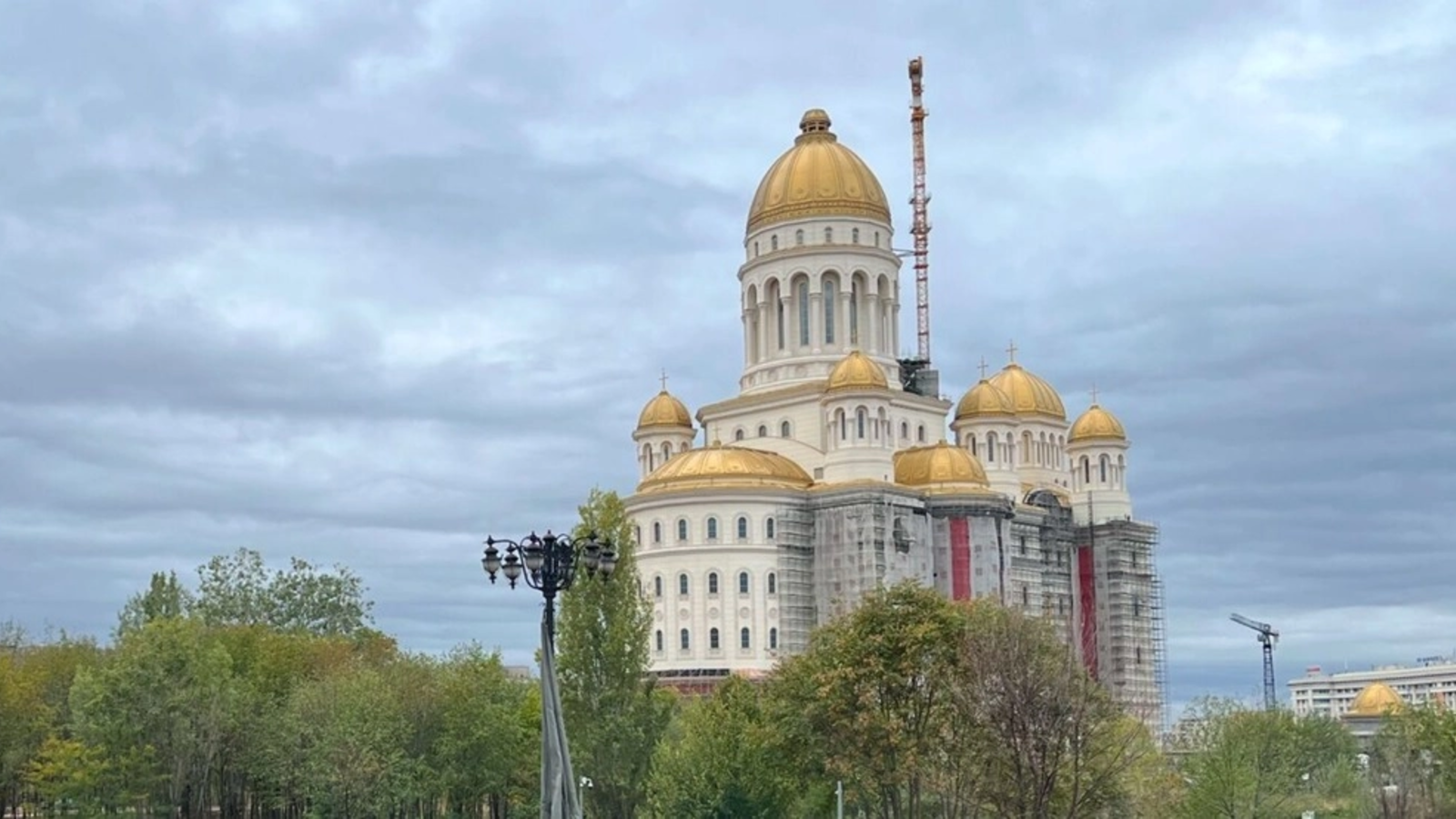



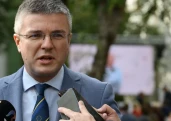

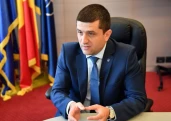
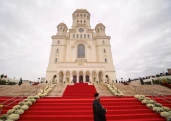
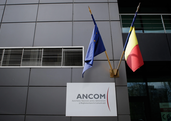

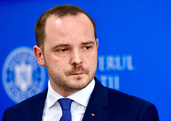

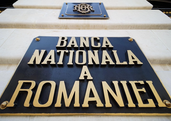
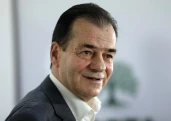
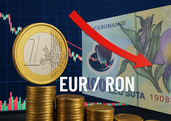
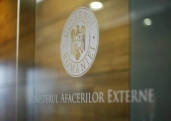



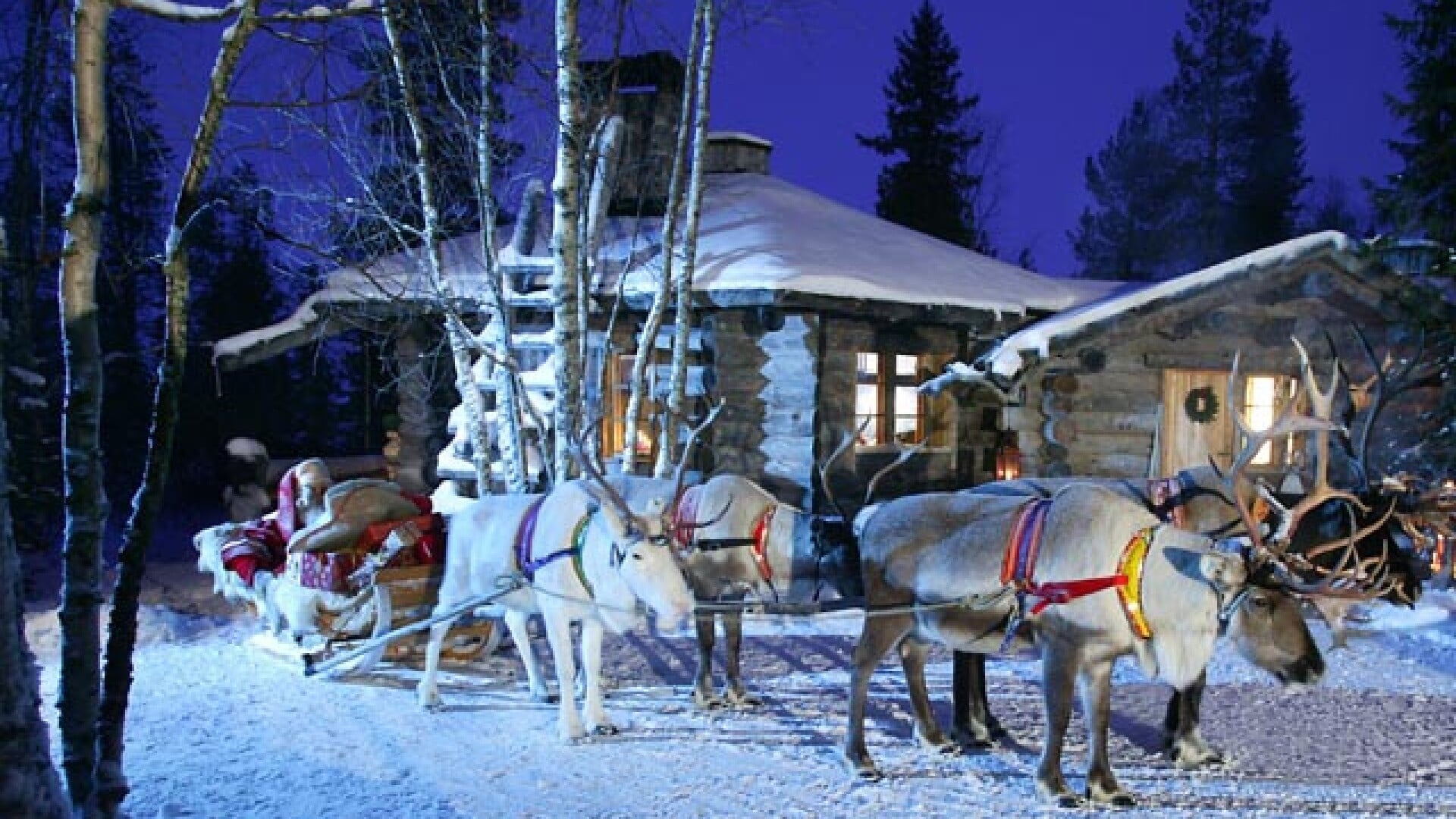
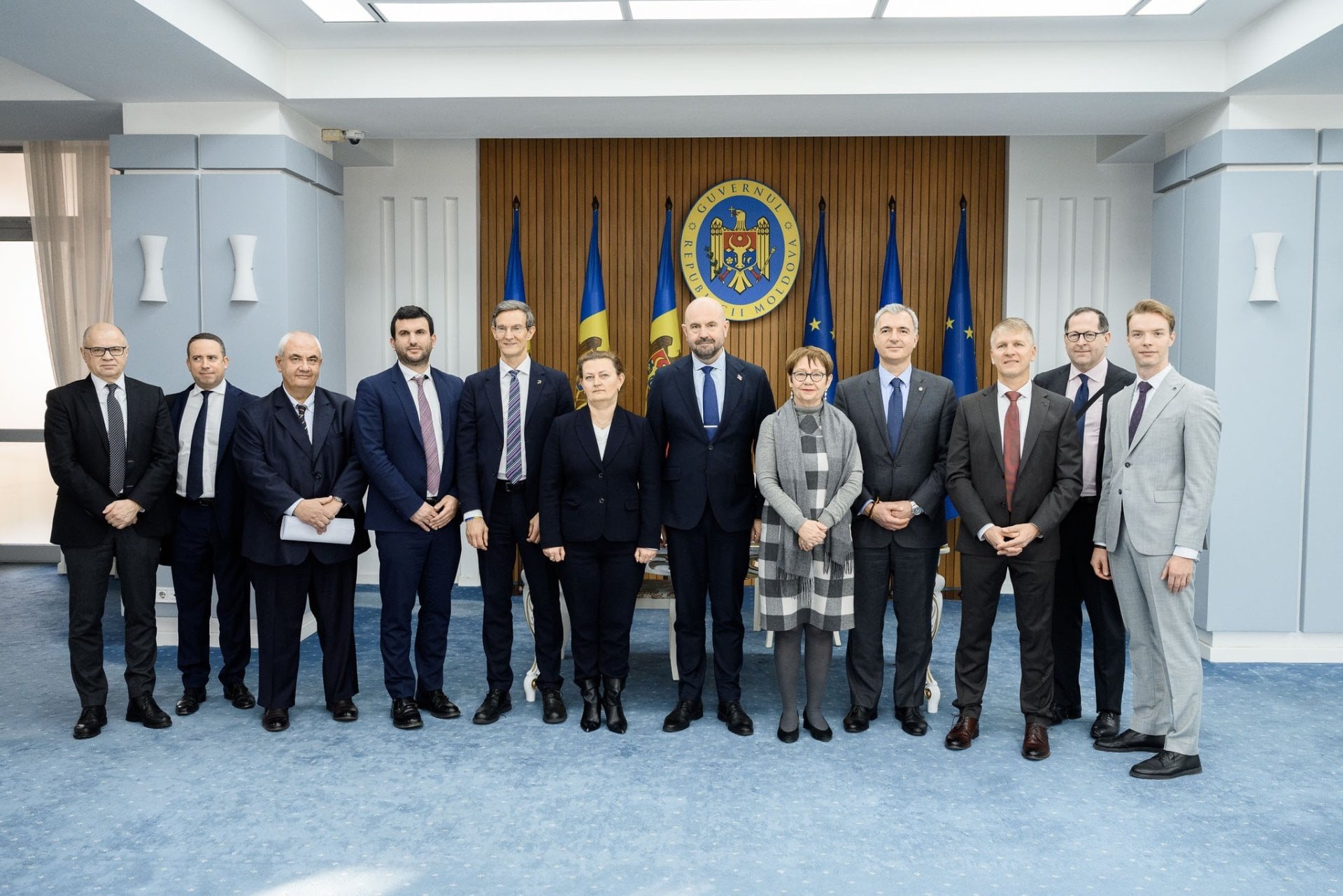
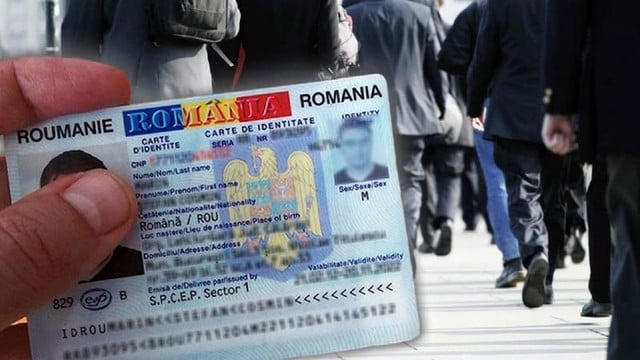
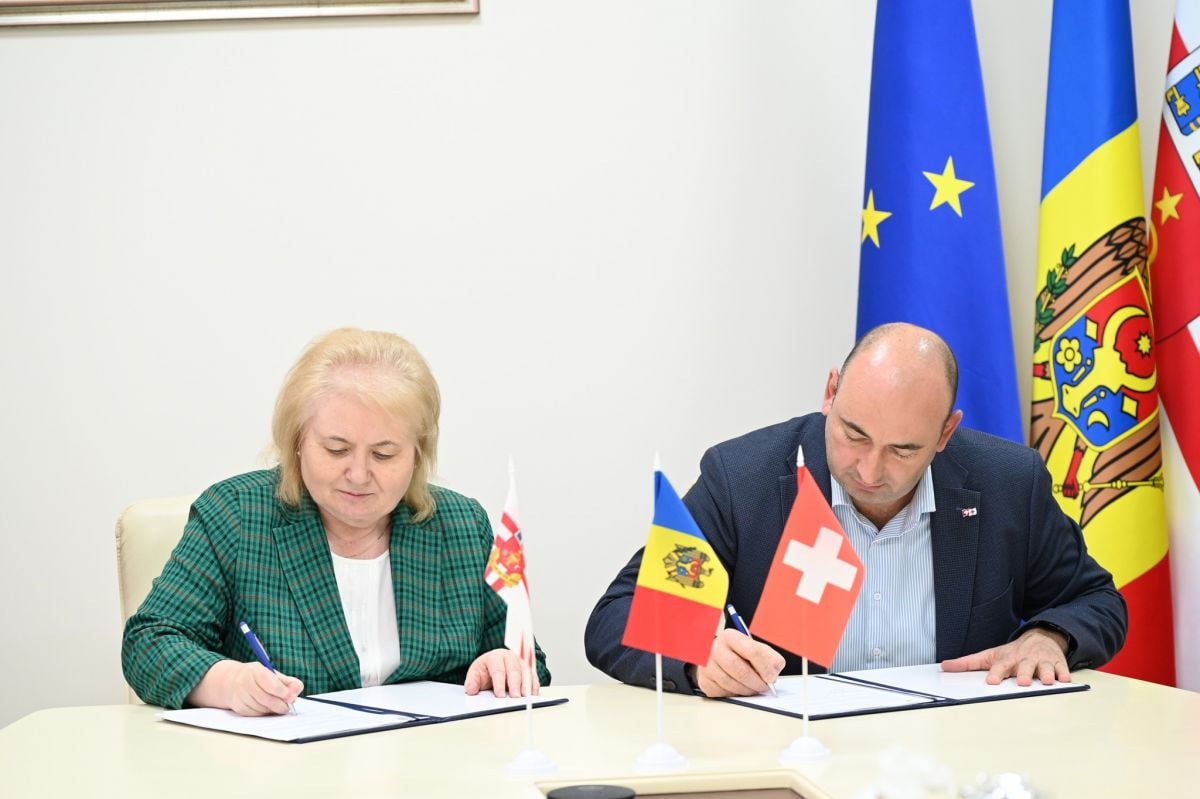








Comentează